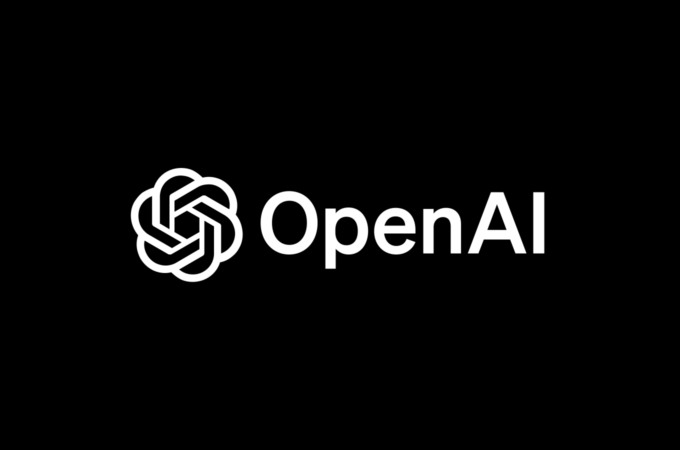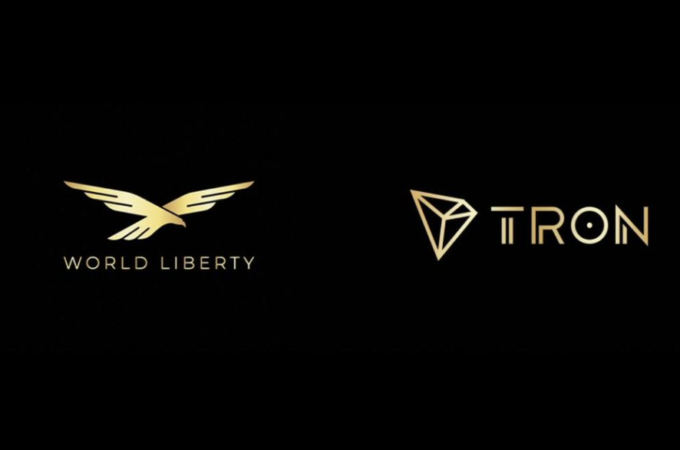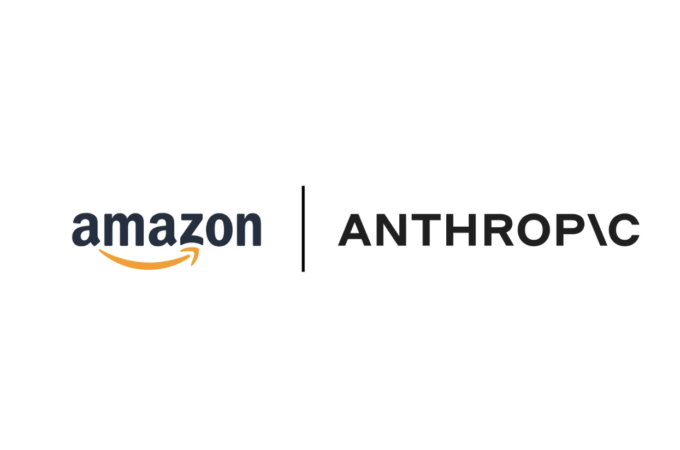
Five Lessons From Some Of Today’s Hottest, Billion-Dollar Startups.
By Bijan Khosravi for Forbes
What makes the billion dollar startups so unique? The answer is distribution. They either create a whole new market, like Uber and Airbnb did with the sharing economy, or they massively disrupt existing markets, such as healthcare and finance. Here are five companies that made it into the “billion dollar club” and my analysis of what set them apart.
The financial market has been going though many changes thanks to the growth of the digital economy and availability of app-based mobile devices. Mobile payments are one obvious area in which the financial industry is evolving.Square is a clear leader in the U.S., Canada, Japan and Australia, while companies, such as Ezetap in India, are cornering the market in developing nations.
Another emerging sector turning traditional banking on its head is online financing. San Francisco-based SoFi (which stands for Social Finance) is set to disrupt the banking sector through its unique approach to lending and wealth management. What launched in 2011 as a financial services company to refinance student loans has expanded to mortgages, mortgage refinancing, personal loans and wealth management. The company touts its proprietary technology, customer service and products, while marketing itself as a “non-bank.” Instead of going to a local bank branch to obtain a loan, SoFi allows members to apply online or over a mobile device—making it particularly appealing to Millennials.
What Sets SoFi Apart? There are other companies that offer online financing and wealth management, but SoFi’s management team and their ability topartner with major financial institutions give them strength and credibility. Japan-based SoftBank Group was so impressed with SoFi that they provided $1 billion in funding to help the company charge lower rates on student, personal and home loans, as well as help fund plans to expand into wealth management and deposits.
I recently went to my doctor for a yearly physical. As part of the process, I underwent several blood tests and had a heart stress test. What if, in addition to these tests, my doctor could also analyze my DNA to better understand my genetic mix and its relationship with my health? He might be able to predict and help prevent certain hereditary diseases. That is the potential behind 23andMe.
For the last ten years, the company has been developing a suite of genetics tests to provide customers information on health, ancestry and traits. The company claims more than 1 million customers and says it has built one of the world’s largest databases of individual genetic information. Though not currently cleared to use genetic information to predict the likelihood of a disease, the potential is there and investors have taken note. The potential revenue of an FDA-approved test for diseases is so significant, the company could be well on its way to an IPO.
What Sets 23andMe Apart? The company’s success is tied to thepersistency of founder and CEO, Anne Wojcicki, who spent a decade in healthcare investing, primarily in biotechnology companies, before co-founding 23andMe. She understands the market and has been able to navigate some major hurdles, including gaining FDA approval for the company’s direct-to-consumer genetic testing business. Though the company had to regroup a bit, 23andMe relaunched in early 2015 with guns blazing—and hasn’t looked back since.
Online education is making it easier for many people to learn new things or brush up on skills to help advance their careers. While many e-learning platforms, such as Coursera and Khan Academy, offer courses across a wide variety of topics, Udacity is focused on technology. Its mission is to “bring accessible, affordable, engaging and highly effective higher education to the world.”
Udacity was created almost by accident. Co-founder, Chairman and President,Sebastian Thrun, and Peter Norvig (currently the Director of Research at Google Inc.) offered an “Introduction to Artificial Intelligence” course online to anyone, for free. Some 160,000 students from more than 190 countries enrolled. Not long afterward Udacity was born.
Today the company focuses on teaching skills that industry employers need and delivering credentials endorsed by these employers—at a fraction of the cost of most traditional schools. One of those employers is Google. The company recently announced a partnership with Udacity to offer a Google Android Basics Nanodegree designed for people with no programming experience.
What Sets Udacity Apart? The Co-founder, Chairman and President, Sebastian Thrun, recognized the opportunity to monetize courses teaching the skills employers are looking for—and he seized it. He brought in the right team to make it work, including CEO Vish Makhijani who has years of executive leadership experience working with companies including Zynga and Yahoo. The market has taken notice. Udacity has received funding from major investors, including Bertelsmann, Charles River Ventures and Andreessen Horowitz. It is currently valued at $1.1 billion and is set to become a leading provider of educations services.
If you are confused about your health insurance policy and bills, you aren’t alone. The insurance market in U.S. is not working well, especially when compared to most other developed nations. We pay huge premiums and still have expensive medical bills—and that’s just for the insured.
Enter Oscar Health Insurance. The company was created in 2012 partially because co-founder Josh Kushner was frustrated over trying to make sense of a health insurance bill. He and fellow co-founders, Mario Schosser and Kevin Nazemi, wanted to use technology to improve how customers find health care. According to its website, Oscar is “reinventing how to manage care, process medical claims, control healthcare costs and provide transparency. With all the complexity hidden behind an easy experience for our members.”
What Sets Oscar Apart? Oscar is changing a broken industry by offering acommon sense solution to health insurance. It uses sophisticated technology to make it easy for customers to find information and be able to make decisions. Though currently only offering plans in parts of New York, New Jersey, California and Texas, the company is growing rapidly. It currently has more than 145,000 customers and is valued at $2.7 billion. Investors include Khosla Ventures, General Catalyst Partners and Goldman Sachs.
Great ideas don’t have to be all about technology, but they should be about the market and customer needs. If you can identify and solve a market challenge, you can win. Adam Neumann and Miguel McKelvey did just that when they founded WeWork back in 2010. Both were independently employed and were working out of a partially vacant office building. They convinced the landlord to let them rent out the empty parts as shared workspace—and WeWork was born.
Today the New York City-based company fills the need among entrepreneurs for a work space that won’t cost an arm and a leg. It currently serves close to 50,000 people in cities across the U.S. and around the globe. Part of the appeal of WeWork is that it doesn’t just provide an empty desk. Membership includes access to a number of perks, from free coffee and craft beer on tap to Wi-Fi, printing and even meeting rooms with ping pong tables. Just the type of hip appeal that many of today’s entrepreneurs and independently employed persons are looking for.
What Sets WeWork Apart? The company recognized that technology is not always the path to success – marketing is. It’s not just enough to offer office space for rent—it has to appeal to the mindset of the self-employed generation. Though this startup is not tech-based and has a pure and simple business plan, it’s attracted the attention of Benchmark, Goldman Sachs, Fidelity and T. Rowe Price, who have funneled $1.4 billion into the company—putting it at a valuation of $10.2 billion.
These five companies have all approached business a little differently and, in so doing, have made their way into the “billion dollar club.” One size does not fit all when it comes to building a company, but studying the approach of these success cases is a good way to find inspiration for your own business plan. Strong partnerships, a good leadership team, persistency, common sense solutions and a solid marketing plan can make the difference between an average company and one that takes the market by storm.
First appeared at Forbes





